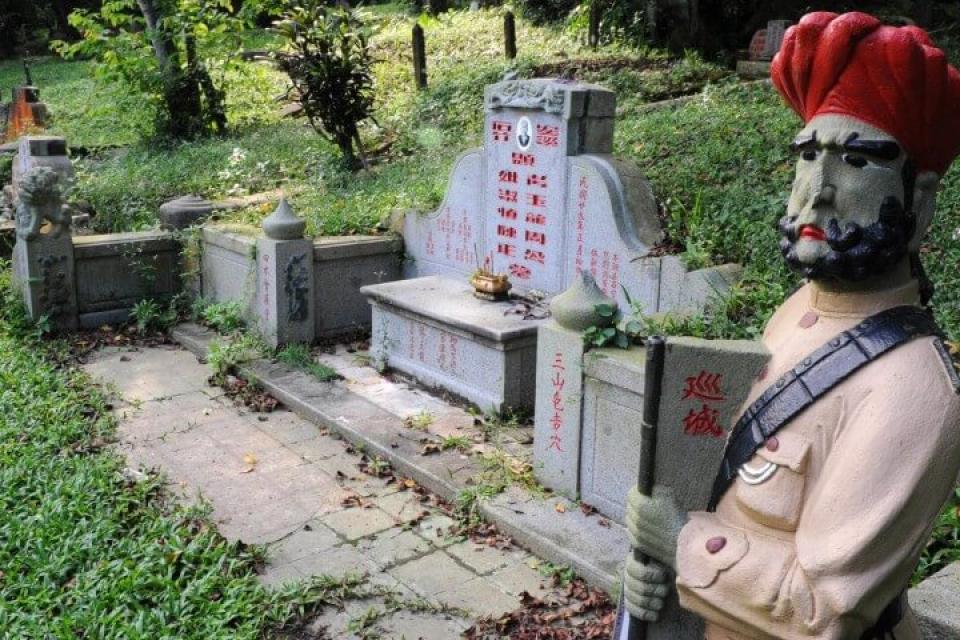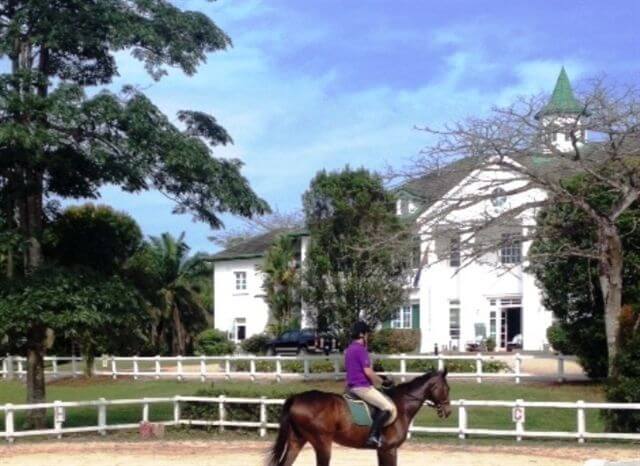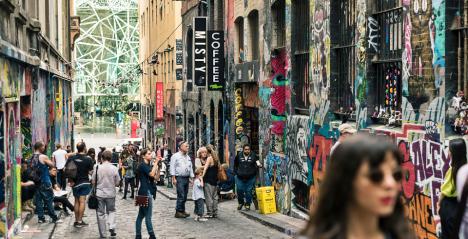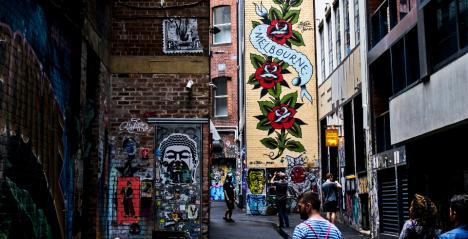Image Credit: South China Morning Post
Many expatriates who have lived in Singapore for some time would have heard of Bukit Brown. If you have not visited, do put it on your bucket list.
When you stroll around these grounds, you will notice that quite a number of Sikh Guards stand watch on the tombs of many notable wealthy Chinese businessmen including the late Ong Sam Leong. The story of why Sikhs are preferred, dates back to the days when Singapore was still part of Malaya.
Many of the early Sikhs from Punjab, India, came to Malaya in hope of finding work as soldiers or policemen in the British service. However, not all of them were successful. Hence to pay off the large debt incurred to come to Malaya, many of them sought alternative employment as watchmen & security guards.
These traditional watchmen were known as ‘jaga’, which is Malay for a watchman or caretaker. These Sikh jagas used to stand vigil outside banks, godowns, retail shops and factories, usually after office hours and during the night, to prevent theft and damage to property. Over time., this job came to be closely associated with the Sikh community.
Due to their imposing appearances and martial reputations established from their experiences with the British military and policing, Sikhs were highly sought after by businesses and the wealthy for private security services. Over time, these Sikh watchmen became status symbols of the rich, as wealthy Chinese businessmen would hire them as personal bodyguards as well as to protect their homes and businesses.
These jaga were known for their loyalty, dependability and friendliness which made them ideal guards and door-keepers at banks and hotels. So valued were their services that the Chinese were known to burn effigies of Sikh jaga as offerings to the dead. Statues of Sikh guards adorned the tombs of some rich Chinese merchants in the belief that they would continue their protective roles in the afterlife.















